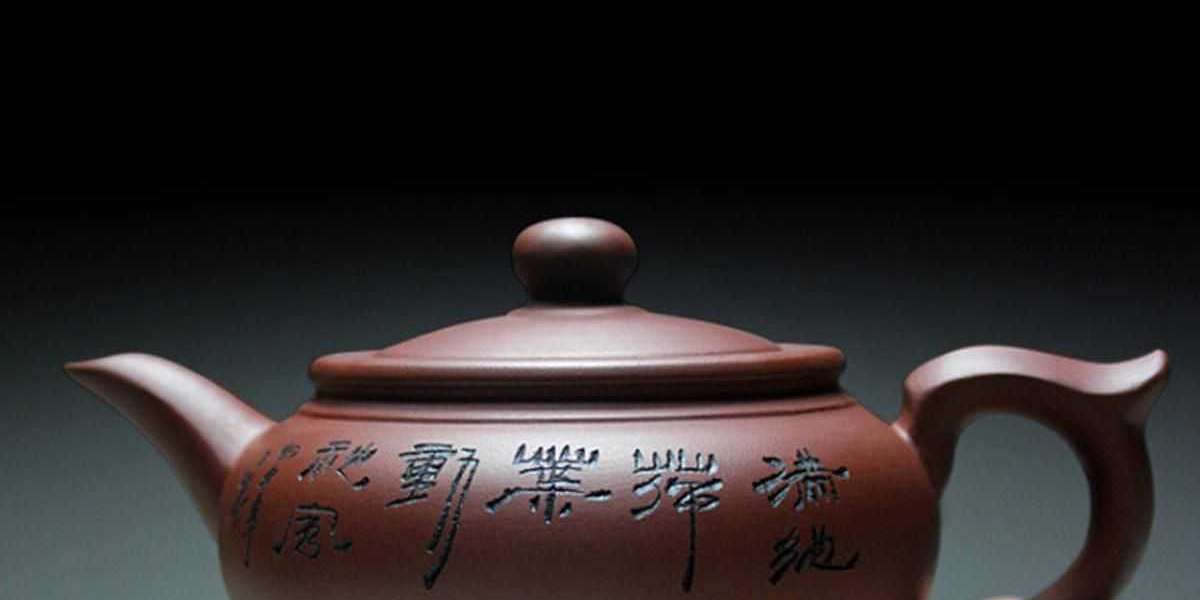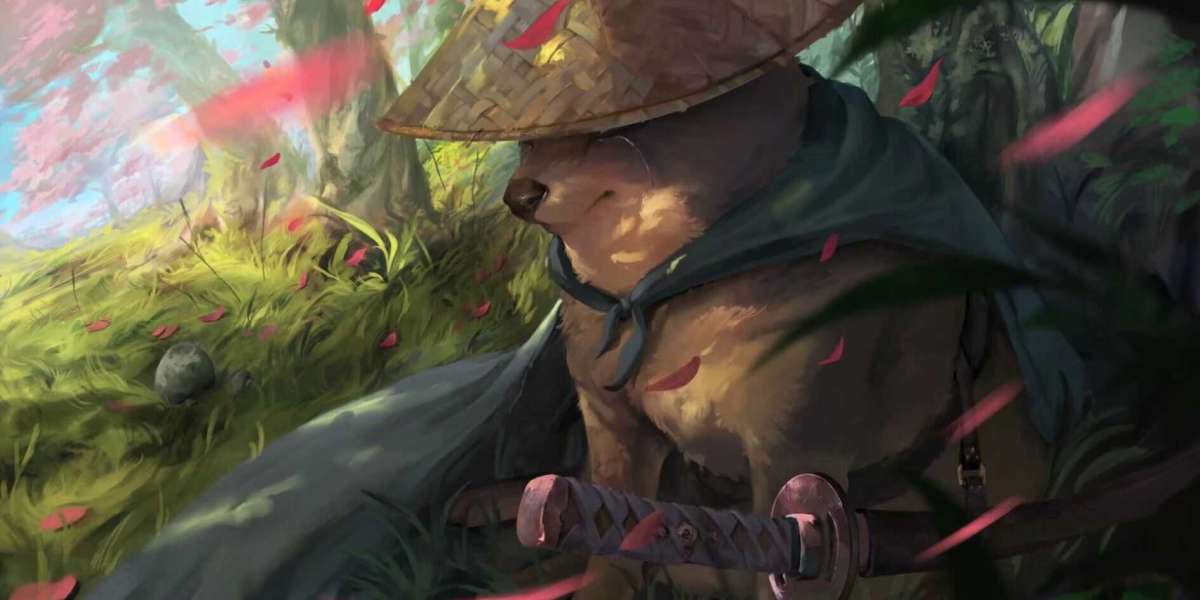The story of the Chinese teapot is a reflection of the nation's artistic, functional, and philosophical journey with tea. From the rudimentary vessels of the Tang dynasty to the refined elegance of modern ceramics, Chinese teapots have evolved both in form and meaning.
? Tang Dynasty (618–907): Origins in Simplicity
During the Tang dynasty, tea was commonly boiled rather than steeped, so early tea vessels resembled soup pots rather than teapots. Most were large, utilitarian, and made of metal or earthenware. The concept of a teapot with a spout and lid had not yet fully formed.
? Song Dynasty (960–1279): Refinement and Ritual
The Song era emphasized aesthetics and tea as art. Tea was whisked as a fine powder (a precursor to matcha), so brewing vessels were wide-mouthed bowls rather than teapots. However, the rise of ceramic technology—especially celadon and Jian ware—laid the groundwork for later teapot innovation.
? Yuan and Ming Dynasties: The Birth of the Teapot
By the Ming dynasty (1368–1644), loose-leaf tea became the norm, and the teapot as we know it was born. Yixing, in Jiangsu province, began producing Zisha (purple clay) teapots, prized for their heat retention and breathability. These small, handle-spouted vessels were both functional and expressive of literati taste.
? Qing Dynasty (1644–1912): Artistic Flourishing
The Qing dynasty saw teapots become objects of art, with intricate carvings, painted glazes, and symbolic motifs. Imperial kilns in Jingdezhen elevated porcelain teapots to luxury items. Meanwhile, export teapots tailored to European tastes influenced global design.
? Modern Era: Fusion of Tradition and Innovation
Today, Chinese teapots range from classic Yixing styles to sleek glass or ceramic infusions of minimalism. Contemporary artists explore new shapes while honoring time-tested materials. With tea culture booming again, teapots have reclaimed both aesthetic and functional importance in daily life.
The Chinese teapot is more than a vessel—it is a chronicle of how the Chinese live, feel, and think about tea.






